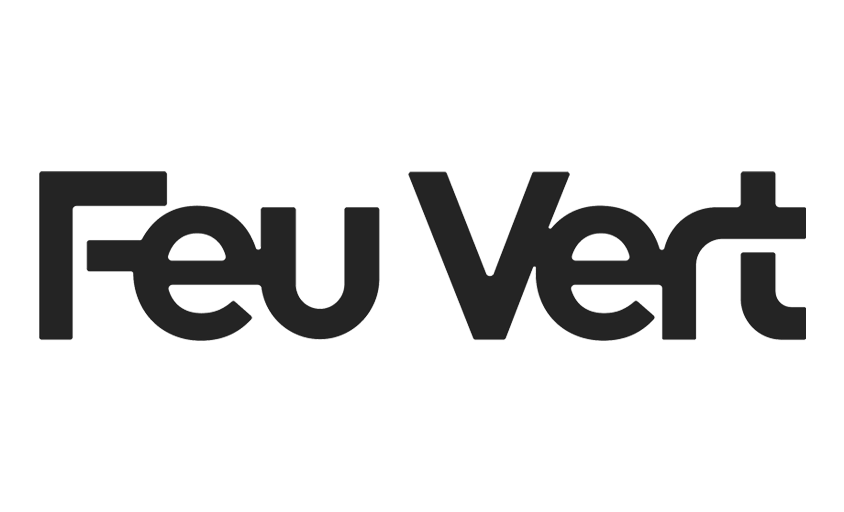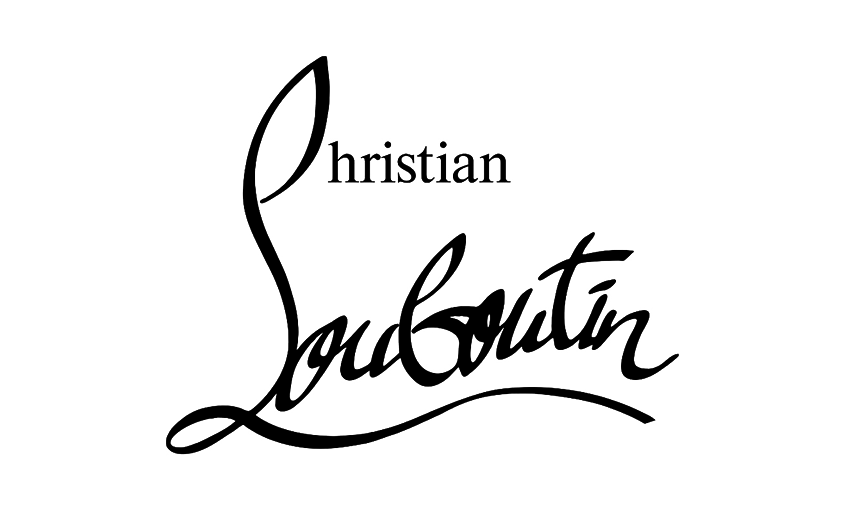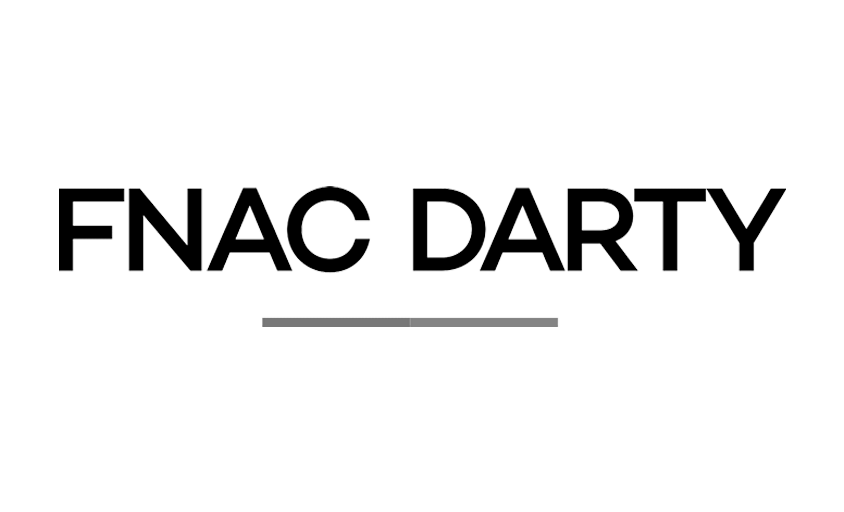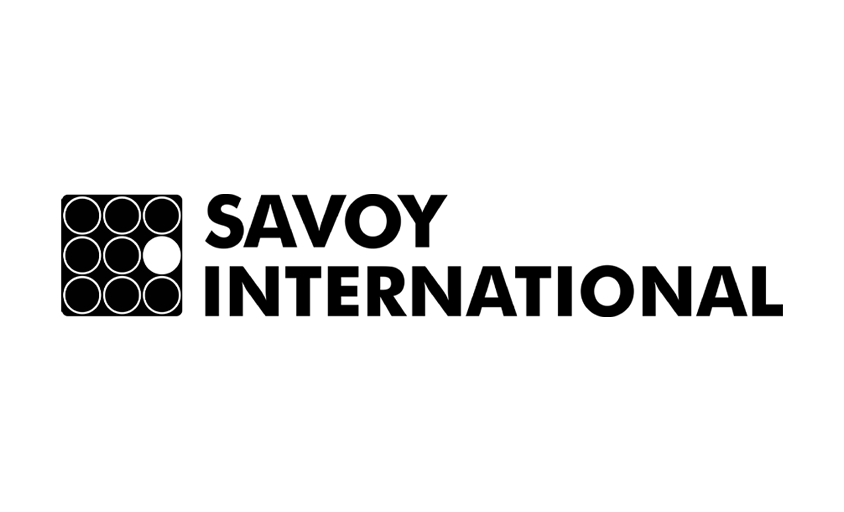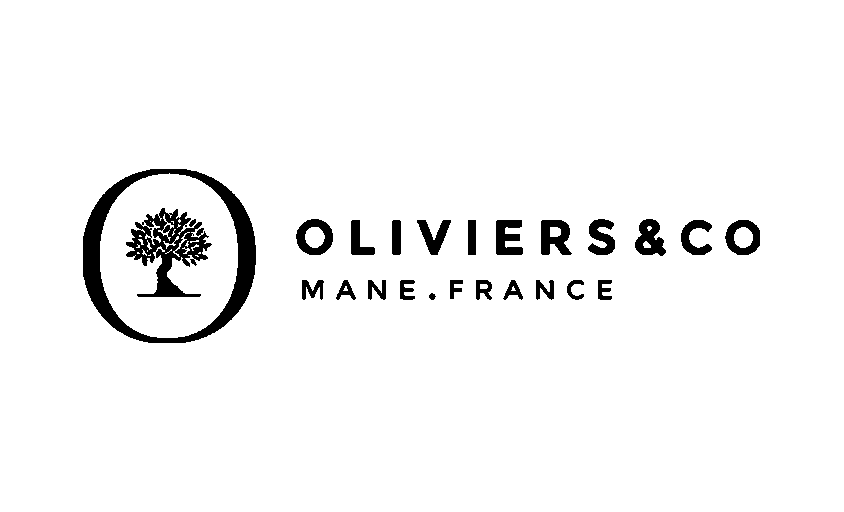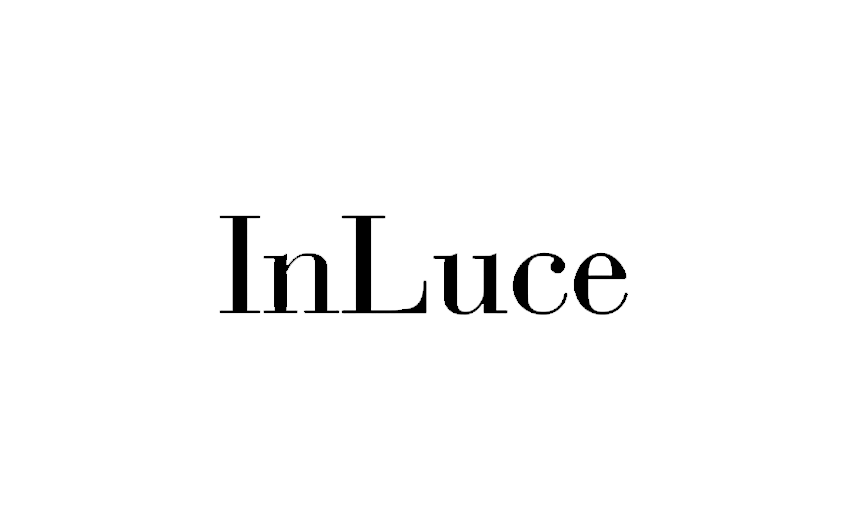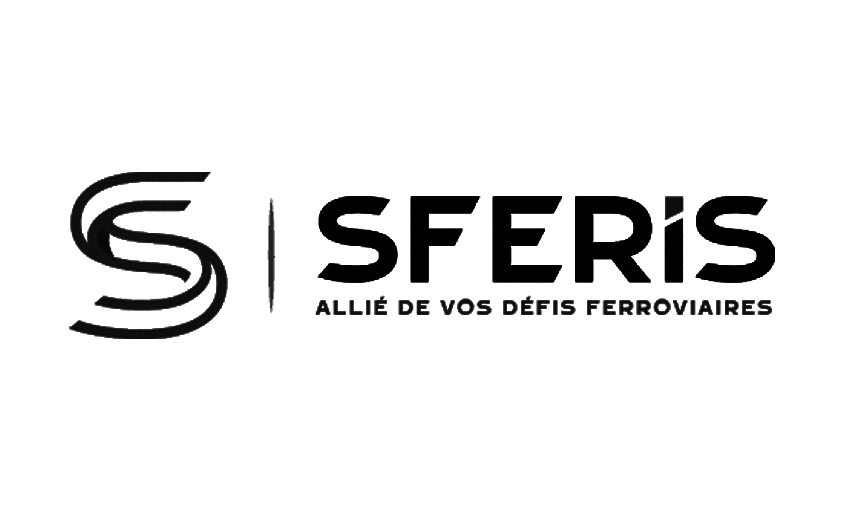Retouching Tools
In this article :
The visual quality of an image relies not only on the shooting process but, more importantly, on how it is handled in post-production. Retouching tools play a crucial role in enhancing photos, correcting imperfections, and bringing an artist’s creative vision to life. In this article, we will explore the importance of these tools in the photo post-production workflow, their functional diversity, and their impact on visual communication.
A Key Step in the Creative Process
When working in post-production, retouching tools make it possible to transform a raw image into a refined piece of work. With the help of specialized software, it becomes possible to adjust exposure, contrast, saturation, and many other parameters that directly influence a photo’s atmosphere.
To fully understand the process, it’s useful to take a closer look at the photo post-production phase, which prepares the image for these precise adjustments.
These tools also make it possible to correct technical flaws, restore lost details, and harmonize the entire image so it is perfectly suited for its final use, whether for a digital platform or for high-quality print.
Functional Diversity
Retouching tools come in a wide range of features designed to meet highly diverse needs. Here are a few examples of their applications, illustrating the richness of this universe:
- Basic Adjustments
Cropping, exposure correction, and contrast adjustment are essential functions for achieving a well-balanced image. These operations create a solid foundation on which more creative modifications can be applied. - Color Management
Mastery of the color system is crucial. For example, when optimizing images, managing color spaces (such as RGB, Adobe 98, CMYK) is essential to ensure visual consistency between digital and print formats. - Creative Effects
Tools dedicated to color grading offer the ability to add tones and filters that turn an ordinary image into a piece of art. These features allow the creator’s unique personality to shine through. - General Retouching
For more subtle adjustments, general photo retouching tools are used to enhance sharpness, remove minor imperfections, and fine-tune details, thus ensuring optimal visual quality. - Quick Tips and Tricks
Sometimes, a few quick tricks are all it takes to transform an image’s appearance. These techniques—often shared in specialized tutorials—help achieve a professional result without requiring full mastery of the software.
If you’d like to learn more about common retouching tools and features, feel free to check out our more detailed article on the topic: common retouching tools and features.
The Impact on Visual Communication
A well-retouched image immediately grabs attention and conveys a powerful message. In advertising and marketing, the quality of visuals can make all the difference. Retouching tools help unify a brand’s visual identity and ensure consistency across all communication materials.
For example, in a photo post-production project, careful retouching creates cohesive and impactful images, strengthening a brand’s image and the storytelling behind a campaign. Expert color management, whether working in RGB, Adobe 98, or CMYK, ensures that tones remain harmonious, whether the image is intended for digital display or high-quality print.
An Ever-Evolving Art
Technological advancements have made retouching tools—once reserved for experts—accessible to a broader audience. Today, many applications offer intuitive interfaces that simplify the retouching process while allowing users to fully express their creativity.
Moreover, the integration of advanced features into software now combines automation with manual adjustments, offering optimal control over the final result.
These technological developments make it possible to transform any image into a visual work of art, one that not only captures the eye but also conveys the essence and emotion of the intended message. Retouching is no longer just a technical step; it has become a true artistic component that plays an active role in visual storytelling.
Conclusion
In summary, retouching tools are essential for bringing images to life and optimizing their visual impact. They naturally integrate into the post-production workflow, allowing for precise adjustments and qualitative improvements that make all the difference. Mastering these tools also means knowing how to exploit features ranging from color retouching to simple tricks and general retouching to create harmonious and striking visuals. In a world where visual communication reigns, the quality of retouching is a true lever for strengthening a brand’s image and capturing the attention of its audience for the long term.
Jérémy Carlo is the editorial director at Rétines, where he ensures the consistency and clarity of all content produced by the studio. His role goes beyond writing—he shapes the tone, structures the messages, and upholds a precise, demanding editorial line that stays true to the identity of Rétines. With a background in visual communication and solid experience in content strategy, he bridges the technical world of photography with clear, no-frills writing.
Jérémy works closely with photographers, art directors, and the commercial team to make sure every word published serves the image, the message, and the brand. From blog articles and client presentations to social media posts and internal documents—everything is filtered through his attentive eye. His strength lies in making complex ideas accessible without oversimplifying, and in highlighting the studio’s work without relying on unnecessary superlatives.
Through his writing, Jérémy helps Rétines exist beyond the image—by giving context to projects, emphasizing the thinking behind each shoot, and bringing to light the technical and aesthetic choices that drive each photograph.
Our Clients
Let’s discuss
What we do for you at Rétines
Meticulous work, an organised project and fast delivery. And to achieve this, we mobilise the right resources in our teams at the right time.
01
Pre-production
Artistic and technical direction tailored to the project.
Relevant recommendations on content, form and resources.
02
Photo Shooting
Photos taken by our experienced photographers.
Production that’s controlled, efficient and tailored to the needs of the project, with nothing superfluous.
03
Retouching
Technique
Photographs magnified by our retouching team.
Post-production to meet the commercial challenges of the brief.


